If you’re struggling to hold the bar during front squats then you may be wondering if lifting straps are a good option or if they’re simply a band-aid solution.
So, how exactly do you do front squats with lifting straps? By attaching lifting straps to the barbell, they provide a secure and comfortable grip for those with mobility restrictions, making it easier to keep the bar in the front rack position. This approach can not only improve your comfort during the lift but also enhance the stability and effectiveness of the exercise.
To help you decide whether or not you should use lifting straps for front squats, I’ll walk you through the benefits and the drawbacks, explain some common mistakes to avoid, and teach you how to use them properly.
Key Takeaways
Benefits of Using Lifting Straps For Front Squats

Lifting straps can be a game-changer for front squats, here’s why:
Improved Grip
Lifting straps are used to secure your grip, and with front squats in particular they help to keep the bar in place so that you don’t have to worry about it sliding off your shoulders while you’re squatting.
This leads to a safer workout experience and allows you to focus more on the movement and less on maintaining your grip.
Compensates For Lack Of Mobility
Front squats require a significant amount of wrist flexibility to maintain the barbell in the 'front rack' position. If you have limited wrist mobility (or lat mobility), front squats can be challenging and sometimes even painful.
Using lifting straps can mitigate this issue by decreasing the need for wrist mobility by allowing you to keep the bar in position without having your wrists bent back as far. This can alleviate the strain placed on your wrists and makes the front rack position more comfortable.
Increased Focus on Target Muscles
By taking grip strength and wrist flexibility out of the equation, lifting straps allow you to focus more on activating your core and lower body to get the most out of your front squats.
This increased concentration on the target muscles can result in more effective muscle engagement, better movement patterns, and potentially enhanced muscle growth and strength gains over time.
Allows for Better Form
One of the most challenging aspects of front squats is maintaining good form, especially as you start to fatigue. Generally, the first part of your form to break down during front squats is your upper body and core positioning.
By providing a stable grip and improved mobility, lifting straps can help you to maintain proper form with your upper body to keep your elbows elevated and your upper back tight throughout the movement.
Good form not only makes your workout more effective, but it also significantly reduces the risk of injury.
Adaptability for Different Training Levels
Whether you're a seasoned lifter or a newbie just starting to squat, lifting straps are a versatile tool to enhance your front squat performance.
For experienced lifters, they can enable heavier lifting without worrying about grip to encourage greater strength gains.
For beginners, they can help overcome initial difficulties with maintaining the 'rack' position, allowing for an easier introduction while you get comfortable with this movement.
How To Properly Use Lifting Straps For Front Squats

Lifting straps can be a powerful tool for enhancing your front squat performance, but they must be used correctly to maximize benefits and prevent injury.
Here's a step-by-step guide on how to properly use lifting straps for front squats:
Step 1: Choose the Right Straps
First and foremost, ensure you have lifting straps that are comfortable, sturdy, and reliable. They should be made from a durable material, such as heavy-duty nylon or leather, and should be long enough to wrap around the bar so that you can secure your grip without straining your wrists.
You can use standard lifting straps with a single loop and a long tail or figure eight straps (I’ll share my favorites later on).
Step 2: Wrap the Straps Around the Barbell
Lay the straps over the barbell so the wrist loop is on one side and the remaining strap is on the other. Pull the long end of the strap through the wrist loop so the strap is wrapped tight around the barbell, right where your hands would normally grip the barbell for a front squat.
If you’re using figure 8 straps, simply pull one loop through the other and put your hands through the loop that now hangs from the barbell. You won’t be able to wrap it like a regular strap, but the loop feature will provide a safe grip if you place it around your palms and grip it from there.
Step 3: Secure Your Grip
Wrap the dangling strap around each hand once so that you’re not merely gripping the strap, but it’s wrapped securely around your palms.
Step 4: Get Into the Starting Position
Position yourself for the front squat. The barbell should be resting on your front deltoids, with your elbows high, and your upper arms parallel to the ground. Your hands should be secured in the wrapped lifting straps and you should be squeezing the straps tightly.
Step 5: Perform the Front Squat
Squat down as you normally would, maintaining your form. Remember to keep your chest up and your core engaged, and focus on pushing the ground away with your legs to stand back up.
The straps should help you maintain the barbell's position on your front delts without having to excessively strain your wrists or grip, but beyond that, good squatting form is all up to you!
Step 6: Unwrap and Rest
Once you've completed your set, re-rack the barbell and unwrap the straps from your hands before letting go entirely. Take care when releasing the barbell to avoid any sudden movements that could lead to injury. Remove the straps from the barbell after your final set.
If you’d like to see it demonstrated on video, here’s a great tutorial
Using lifting straps for front squats can take a little getting used to. You may need to practice the wrapping and unwrapping process a few times before it feels natural.
Remember, safety should always be your top priority, so start with a lighter weight than you usually lift until you feel secure with the straps.
Mistakes To Avoid When Using Lifting Straps For Front Squats

Now that you know how to set up and use lifting straps for front squats, it’s important to be aware of some common mistakes that lifters make and how to fix them.
Mistake #1: Improperly Securing the Straps
One common mistake that I see lifters make is failing to secure the straps correctly around the bar and their hands. This can result in a loose grip, causing the barbell to move or slip during the exercise, which can lead to injury or at the very least cause them to be distracted during their set.
How to Fix
Take your time wrapping the straps and ensure they're tight and secure so that the barbell doesn't move around in your grip. If you're unsure, ask a trainer or experienced gym-goer to check your setup.
Mistake #2: Over-Reliance on the Straps
While straps provide additional support, they can’t do all the work for you. You still need to focus on keeping your elbows up, core engaged, and upper back tight, and prevent your knees from caving in.
Over-reliance on straps with no emphasis on proper technique can promote bad habits that will limit your results and increase your risk of injury.
How to Fix:
Start with lighter weights to dial in your front squat technique to prevent bad habits. I also recommend that you work on your wrist and lat mobility outside of front squats, especially if you’re interested in sports like Olympic weightlifting or Crossfit which require you to maintain a front rack position without straps.
Mistake #3: Ignoring Discomfort or Pain
Just because you're using lifting straps doesn't mean you should ignore discomfort or pain, particularly in your wrists. If something feels wrong, it's likely your body is trying to tell you something.
How to Fix:
If you feel any discomfort or pain, stop the exercise immediately. Assess whether it's due to the strap's positioning or if it's an underlying issue that might require medical attention. Don't push through the pain, as this could lead to serious injury.
Mistake #4: Using Damaged Straps
Straps are subjected to significant wear and tear. Using damaged or worn-out straps can be dangerous, as they may snap or slip under heavy loads.
How to Fix:
Inspect your lifting straps for signs of damage. If you notice any fraying, tearing, or extreme wear, it's time to replace them. Your safety is worth the cost of a new pair of lifting straps.
What Type(s) Of Lifting Strap Can You Use For Front Squats?
Lifting straps come in a variety of styles, each with its own unique features and benefits. When it comes to front squats, there are three types of lifting straps to choose from: regular lifting straps, figure 8 straps, and Olympic lifting straps.
Regular Lifting Straps
Regular lifting straps are the most common type and are often used by weightlifters and bodybuilders. They are simple in design, typically made from durable materials like nylon or leather. The fixed loop and long tail make them a perfect option for front squats, especially for those with mobility restrictions.
Figure 8 Straps

Figure 8 straps are unique in design, forming a figure-eight loop that you thread your hands through. These straps provide a very secure grip, and because of their design, they don't require as much grip strength to maintain hold of the bar.
For front squats, figure 8 straps can provide a very stable grip, allowing you to focus on the lift without worrying about the bar slipping. However, you may not be able to get them quite as tight on your hands in a front squat, so it’ll be a matter of preference if you use these or regular lifting straps.
Olympic Lifting Straps
Olympic lifting straps are similar to regular straps, but they are typically shorter and have a simpler design, without the long tail strap beyond the wrist loop. These straps are favored by Olympic lifters due to their ability to release quickly - an important safety feature when performing Olympic lifts.
For front squats, they can be wrapped around a barbell to provide a more comfortable grip, but won’t offer as much length to work with once wrapped on the barbell, so they would be my least-recommended option.
Ultimately, each type of strap has its pros and cons, and the best one for you will depend on your personal preference, experience level, and specific training goals. You might even find it beneficial to switch between different types of straps based on the workout you're doing.
Best Lifting Straps For Front Squats

When choosing lifting straps for front squats, you want to consider comfort, durability, and how well they can support your lifting goals. GymReapers consistently delivers in all these areas, which is why their straps are my favorite to use for front squats.
GymReapers Lifting Wrist Straps are best for those looking for a regular loop and tail wrist wrap. They’re made from premium cotton with neoprene padding to ensure comfort and durability.
One of the main selling points of these straps is their versatility. They are excellent for various disciplines and exercises including weightlifting, bodybuilding, powerlifting, general strength training, and of course, front squats. They provide the support you need for heavy lifting without compromising on comfort.

If you prefer a figure 8 style lifting strap, then the Gymreapers figure 8 straps will be your best option.








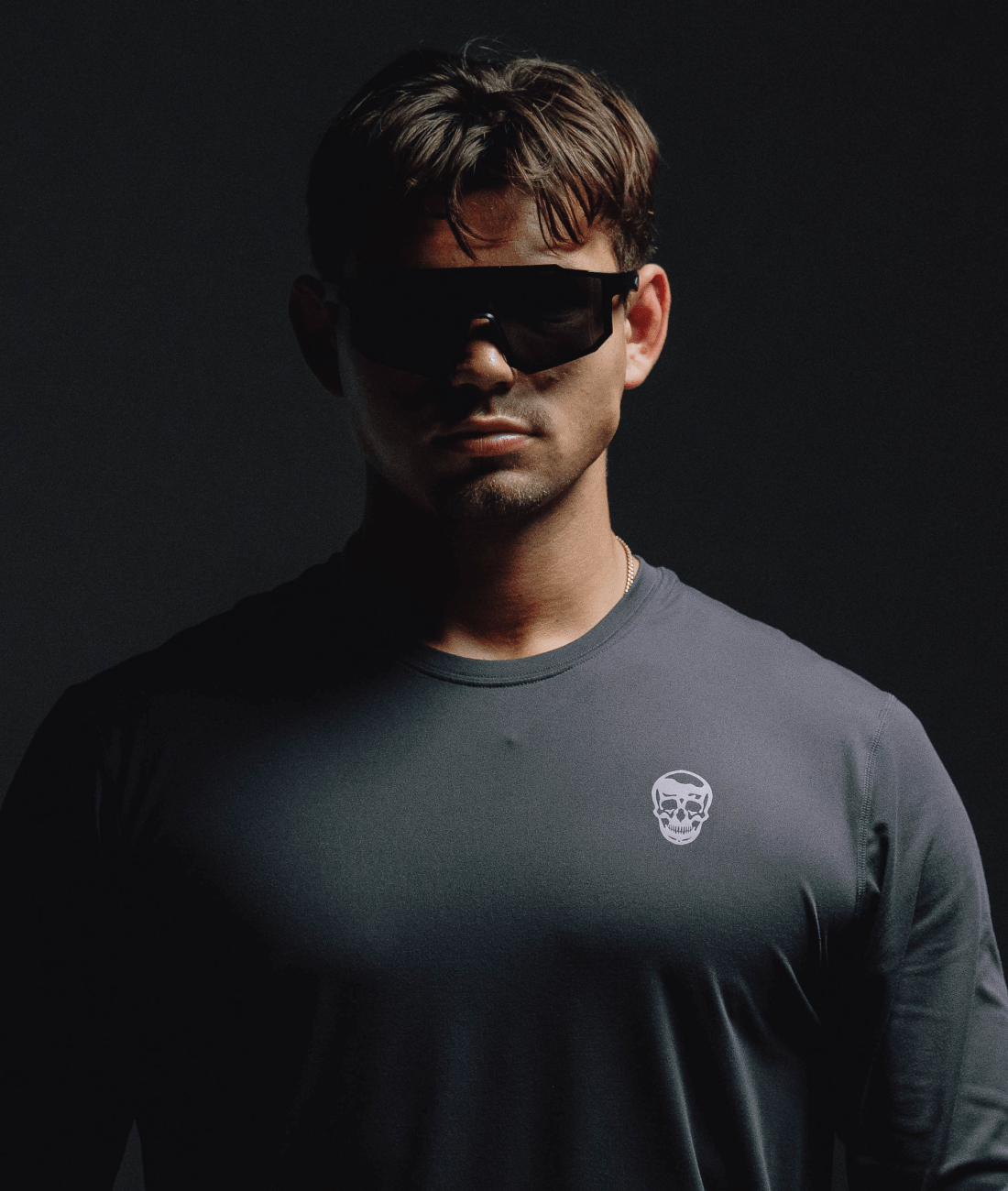
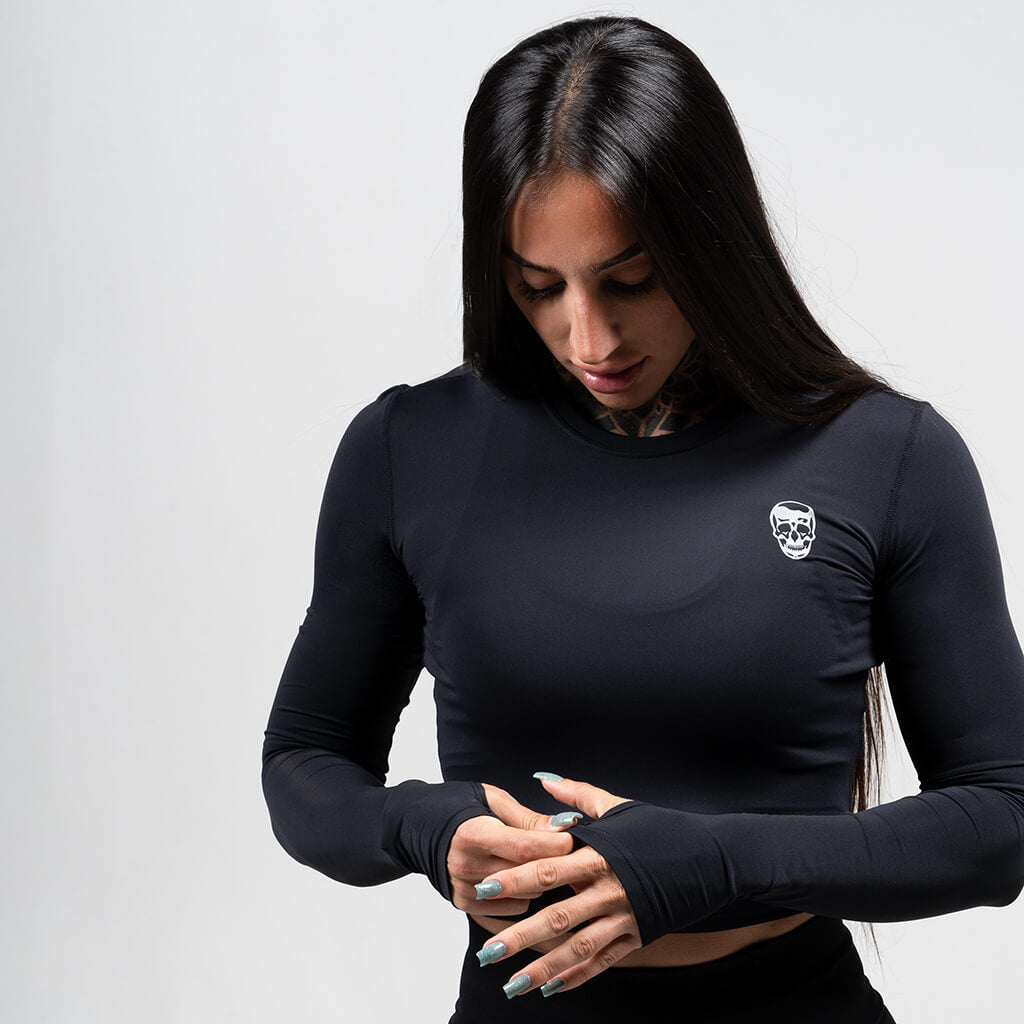
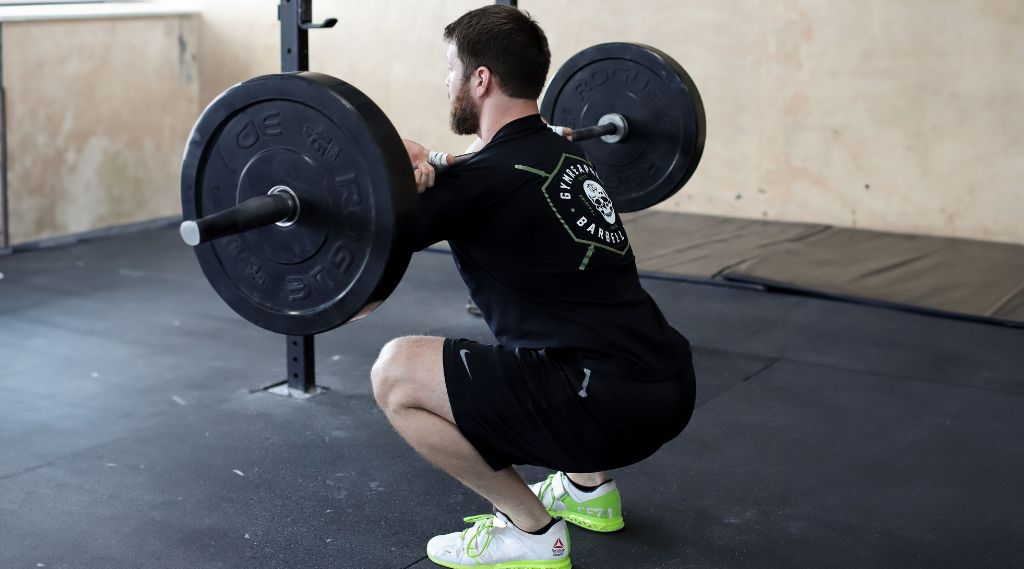
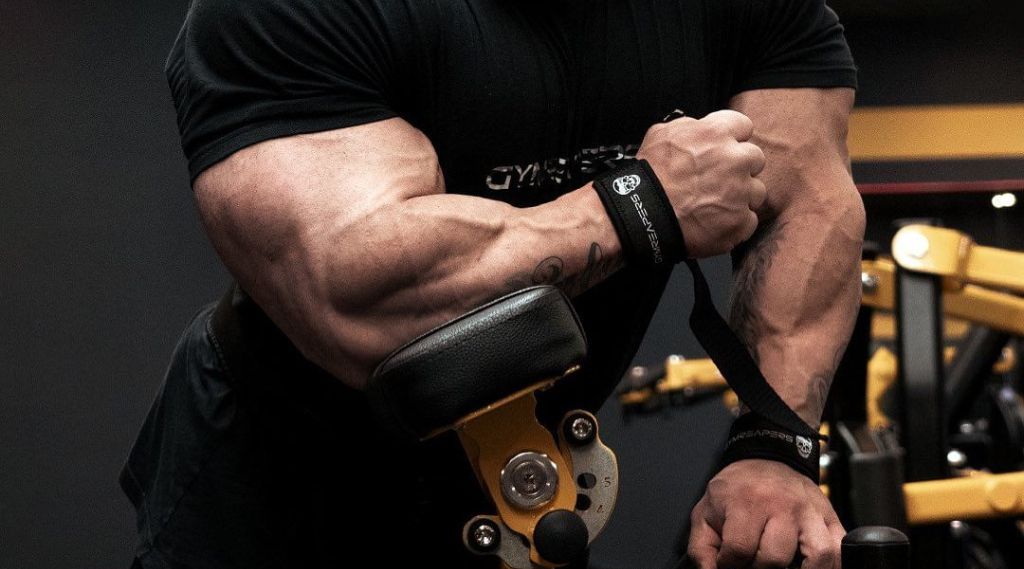
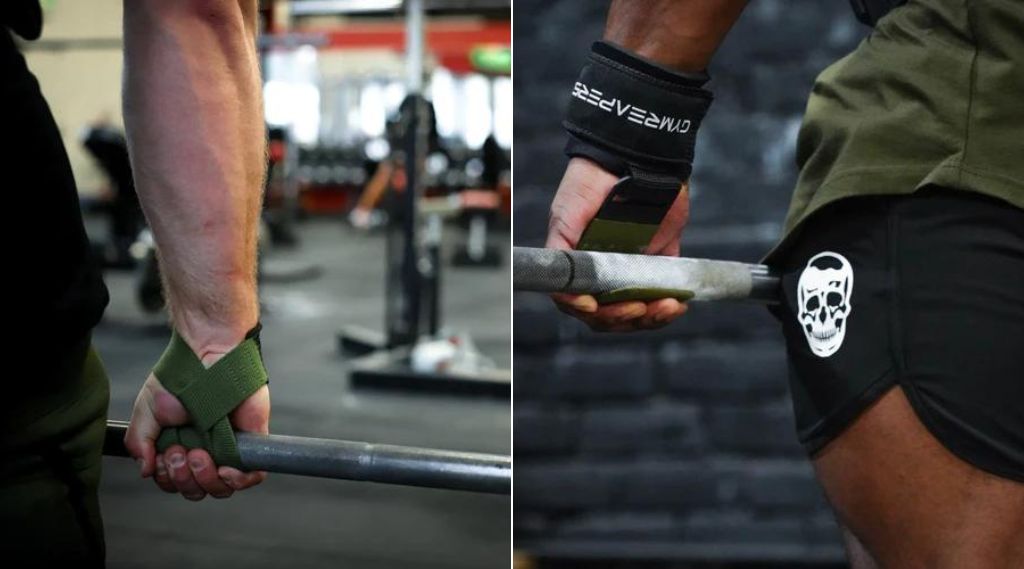
Leave a comment
All comments are moderated before being published.
This site is protected by hCaptcha and the hCaptcha Privacy Policy and Terms of Service apply.